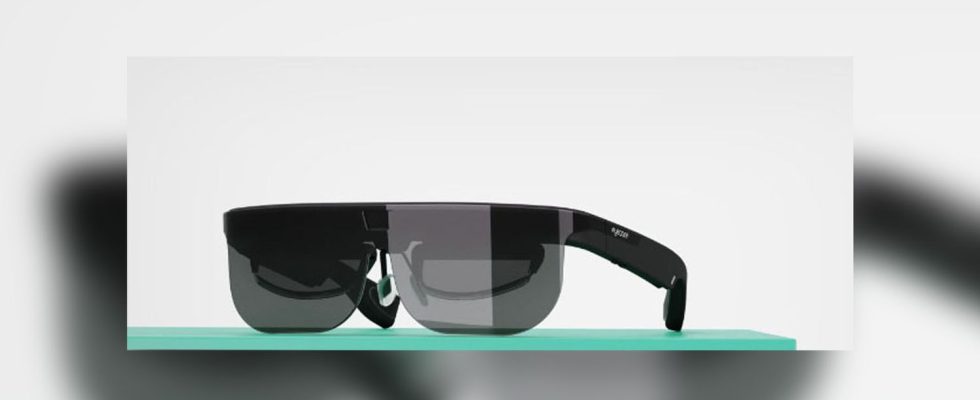This disease represents the leading cause of visual impairment among people over 50. It can be very debilitating. But now there are glasses that can get around it.

Published
Update
Reading time: 2 min

AMD is a disease that unfortunately we do not yet know how to treat. This is an irreversible damage to the retina, a degeneration. We keep our peripheral vision, but this ends up creating a blurry area or a black spot in the middle of the field of vision. Until now, we were able to slow the progression of the disease at best with injections. We now also know how to restore part of central vision. It works with glasses equipped with a camera on the outside and a screen on the inside.
The camera will film what is in front of the area that we can no longer see (in front of the black spot). And then display it on one side of the screen, in their peripheral vision, where their eye can still see. This is the principle of picture in picture, but applied to a vision problem. You will still have to get used to this double image. But this will allow you to see faces again and even read. So to regain a certain independence.
A non-stigmatizing device
These glasses remain discreet and very light. There’s just a wire coming down from a branch to connect to the battery or his phone. This allows you to reposition the moved area or adjust the zoom level, for example. It is a Korean start-up, Cellico, which created these glasses. They are the first to tackle AMD. Until now, we only worked on surgical implants. For example: a small lens that is inserted into the eye and which will do the same job of redirecting the invisible part of the image towards peripheral vision. We were always talking about surgery, with all the risks that entails. Whereas here, these are simple glasses.
These glasses are currently the subject of a clinical study. If all goes well, they should be available towards the end of 2024. Drops that slow the development of AMD are also being studied. It will be more pleasant than having injections in the eye every month. This clearly shows the priorities of current medical research: tfind the most comfortable and least invasive treatments possible.
